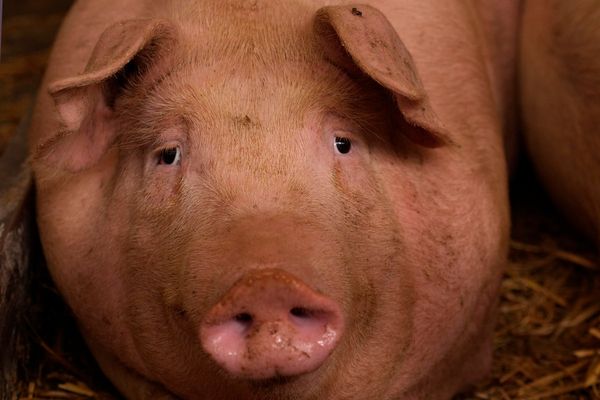
Extending the human lifespan is a multibillion-pound industry and has been hailed as the most fascinating scientific challenge in modern history. But if a drug to achieve longevity is ever discovered, one thing looks certain: it is highly unlikely to work on women – and almost inconceivable that it will work on mothers.
That is because, say experts, cages in laboratories across the world are filled with white mice who share a striking similarity: they are all male.
This is a serious problem, said Dr Steven Austad, a biologist and the author of the bestselling Methuselah’s Zoo, because the sex differences between rodents are significant – and the differences between virgin female mice and mice that have given birth are even larger.
Ignoring those differences meant, said Austad, that a drug that had been tested only on male mice was “vanishingly unlikely” to work on females, with it being “more or less a complete coincidence” if it also worked on women who had given birth.
“It’s a massive problem,” he said. “The lack of in-depth research on female mice means we only know what works on male mice at the complete exclusion of female ones.”
About 75% of the drugs that extend lifespan in mice work only on males: the drugs were developed on male mice then belatedly tested on both sexes, only to discover the females did not respond.
But even though researchers know female mice react differently to drugs to males, there have been zero studies on separate interventions that could help women live healthier, longer lives.
A sobering example is from 1993, when the first papers on low methionine diets were published. The results were stunning: the diet was found to extend life by more than 40% in rats. Several follow-up studies were done throughout the 1990s, all showing the same astonishing results.
It took 12 years before it was pointed out that the rats in every single study had been exclusively male, and that perhaps it would be a good idea to test on females too. When the study was redone with females, it found the life-giving diet for males caused a number of the females to die early.
Jennifer Garrison, an assistant professor specialising in reproductive health and ovarian ageing at the Buck Institute for Research on Aging, said there was a “truly profound sex bias in biomedical research and in clinical research that goes back for as long as we have had biomedical research. The male body has been biology’s baseline for the last 100 years and if you don’t study female bodies, then you’re never going to learn anything about them.”
Garrison criticised virtually all longevity research as failing women because, she said, even the few studies that included virgin female mice ignored the times where those mice were in their reproductive cycle.
“You absolutely have to take this into account because females’ physiology is so different across the cycle,” she said. “If you don’t check where they are in their cycle, then it’s like you have a blindfold on.”
Another problem with longevity research, she said, was in the extremely rare cases where female mice had been studied properly they were specifically chosen to have never given birth, thereby ignoring the multiple and permanent effects childbirth had on females’ physiology.
According to a paper by Austad, soon to be published in the journal Frontiers of Aging, one of the reasons there has not been more progress in extending women’s healthy longevity is because researchers are not interested in studying the question.
“It’s so striking that it begs for us to look into it more deeply, but nobody’s paying attention to this and it just keeps happening,” said Austad, the founding director of the University of Alabama at the Birmingham Nathan Shock Center of Excellence in the Basic Biology of Aging.
“There was a large study that came out very recently that did what the majority of studies do: it showed an experiment using mainly male mice, then it hid a cursory look at females deep in the small print, and then both sexes were combined in the results. There was never any look or mention that there might or might not be a sex difference.”
He said more should be spent trying to understand these sex differences “so that we can develop drugs that benefit both sexes. Women deserve to be taken seriously. Science really does have to change to honour that.”







